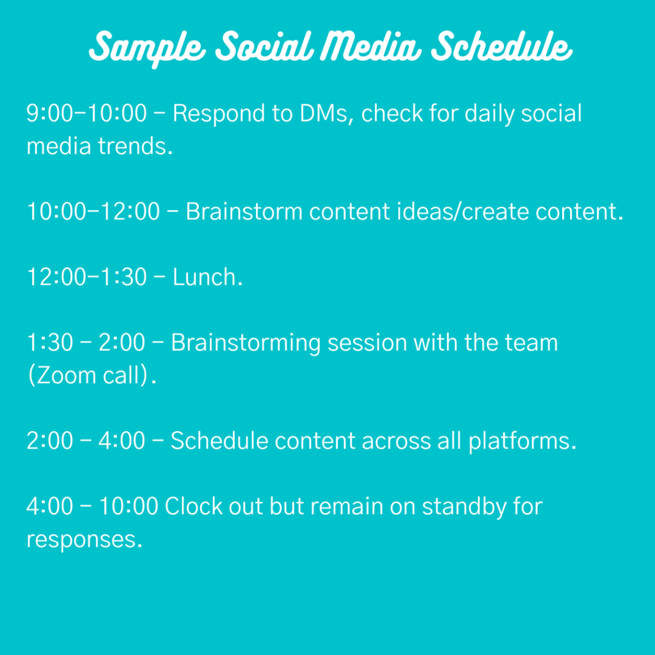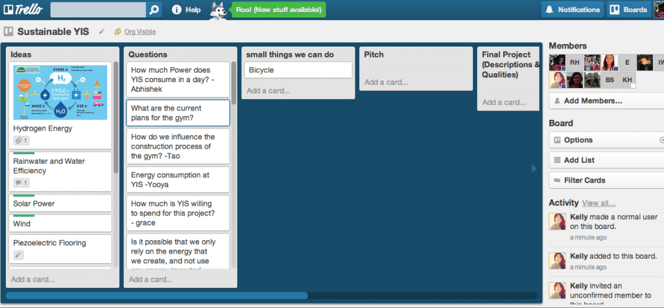When the world went into lockdown in 2020 and many offices switched to remote work we were all astonished by how much work still got done.
A two-year study of 800,000 employees at Fortune 500 companies by Great Places to Work found that once employees started working from home they reported stable or increased productivity levels.
But what about remote interns? They may not have the same ties to your company and its culture as a regular employee and they likely won’t have the same financial benefits. How can you manage them to make sure they stay engaged when they may be halfway around the world?
Remote internships can offer a ton of value to your company if they are managed correctly. And if you’ve already set up your remote internship then you’re most of the way there.
Here are some ways you can manage your remote interns to make them feel motivated and make your life easier.
Welcome your interns aboard
First impressions mean everything, especially if your intern will only be with you for a couple of months. From your first email onward you set the tone and can make your intern enthused and ready to make an impact on your business or make them dread their first day.
Studies find that companies with a standard onboarding process see 50 percent higher retention rates of new hires. Go all-in on that onboarding presentation and make sure your intern understands everything about the job and your company culture before their first day.
Make sure your interns know these things before they join:
- Their goals for the internship
- Your expectations
- Their schedule for the internship (more on that below)
- How they will communicate with you
- Who they will communicate with
- Their compensation
Give them introductions to key employees too. In-person ones over video if possible.
Be selective about your communication tools
How you communicate with your virtual intern is going to have one of the largest impacts on their engagement level.
While it may be easier for you to do a once-a-week email update, this can leave too little communication between you and your intern. On the other hand, the last thing an intern probably wants to do is sit through endless video conferences they don’t need to attend. A large part of the value of an online internship to an intern is that they can fit it around their schedule. Back-to-back calls make that pretty tough to do.
Gain some awareness of some of the different ways you can communicate with your intern. Here are some options along with their strengths and weaknesses.
- Email – Great for project submissions, briefs, and long updates. Require less attention from management.
- Video calls – Great for one-on-one meetings like performance reviews and group discussions. Only effective if everyone contributes and are clearly planned.
- Phone calls – Good for specific explanations and large information relays. Group phone calls are not good.
- Messenger apps – Good for relaying small pieces of information like date changes and sharing updates. Can be annoying if used for non-urgent tasks.
Understanding exactly what your intern’s needs are and your own will be crucial for deciding the mix of communication channels best for your internship. Be as specific as possible about how you expect your intern to communicate.
Teach your intern to manage themselves
Give a man a fish and he eats for one day, teach him to fish and he eats forever.
Interns are new workers. They’re usually still learning how to structure their own time on the job. Give them guidance for how they should structure their time so they know what a productive schedule looks like.
Here’s a sample a daily schedule you could give a social media manager:

Giving your remote intern a schedule to follow can make managing them much easier.
Don’t just stop at a daily schedule though, try to place one or two mandatory meetings during the week for them to plan their time around as well. The more structure you can provide upfront, the fewer surprises you’ll meet down the line.
Figure out if they’re engaged at work
Because your remote employees aren’t in the office, you can’t really gauge their engagement level by anything other than the work they submit. Your best bet for finding their engagement level is going to be from asking them straight to their face.
Before you start the internship make it clear to your intern that you expect feedback from them. Give them room to be honest and make sure to have somebody check in with them regularly with a one-on-one video call if possible. You may be surprised by what they will tell you and how easily you can get them back on track if they are feeling unengaged.
Besides regular check-ins, you’ll also want to provide some sort of survey at the end of the internship. These can go a long way towards helping your management of future interns.
Use online tools like a Kanban board to track your intern’s progress
Today there are many online productivity tools available for tracking work. Recently, a tool called the Kanban board has become popular in many workplaces.
Kanban boards are a method for teams to track projects at every stage of their completion in real-time. These tools in their basic form were developed in the 1950s by the car company, Toyota, as a way to make sure they weren’t overproducing car parts. In a traditional office, Kanban’s were large boards in public areas where any employee could go to see the status of a project.
Today, there are a handful of major online Kanban-like tools online that you can use for managing your workers remotely. The most popular of which are Trello, Monday.com, and Microsoft projects. Below is an example of a Kanban board through Trello.

An example of an early version of the Trello Kanban board used for managing employees and interns (Source: Flickr)
Tips for Kanban boards:
- Traditionally, Kanban’s are simply divided into “To do”, “In progress”, and “Done” columns. Too much complexity can limit their usefulness.
- You should try to put a hard limit on projects that are allowed to be “In progress” at any given time. This makes it harder for your intern to get distracted or overwhelmed by a large queue.
- Make sure you are strict about categorizing your assignment types.
- Try to sort your finished projects by month, by employee, or both for posterity.
- Don’t put long-term daily tasks like “checking social media” on a Kanban board. They are better used for actionable projects like “Completing a competitor analysis”.
- Let your intern into the team’s planning board so they can see how it’s done. If your company hasn’t tried one out yet, this could be a great project for your intern to research implement.
Schedule fun, schedule breaks
How your employees and your interns act remotely comes from the top. Remote interns rarely get to enjoy any of the social benefits of being around other workers, so you should find ways they can get involved and encourage your in-house team to participate as well.
Some ideas:
- Have fun themes for your meetings
- Schedule “coffee breaks” where employees can sit and talk on a video chat for 30 minutes
- Create an “employee chatter” channel on your company messenger app where employees can talk about non-work-related topics.
Finally, consider letting your interns know when it’s time to clock out. Some companies will end the Friday workday with a meeting or other event to cap off the workweek. If your intern knows when to start and end their days they’ll become much better at managing their time efficiently.
Get advice from the pros when you get a free intern through Virtual Internships
You don’t have to figure everything about managing your first remote intern out yourself. When you become a host company partner at Virtual Internships we give you all the tools you need to manage your intern based on the experiences of thousands of companies like yours.
The best part? As a company partner, you don’t have to pay any fees to get your first remote intern and we give you selections from some of the top colleges and government programs around the world.
